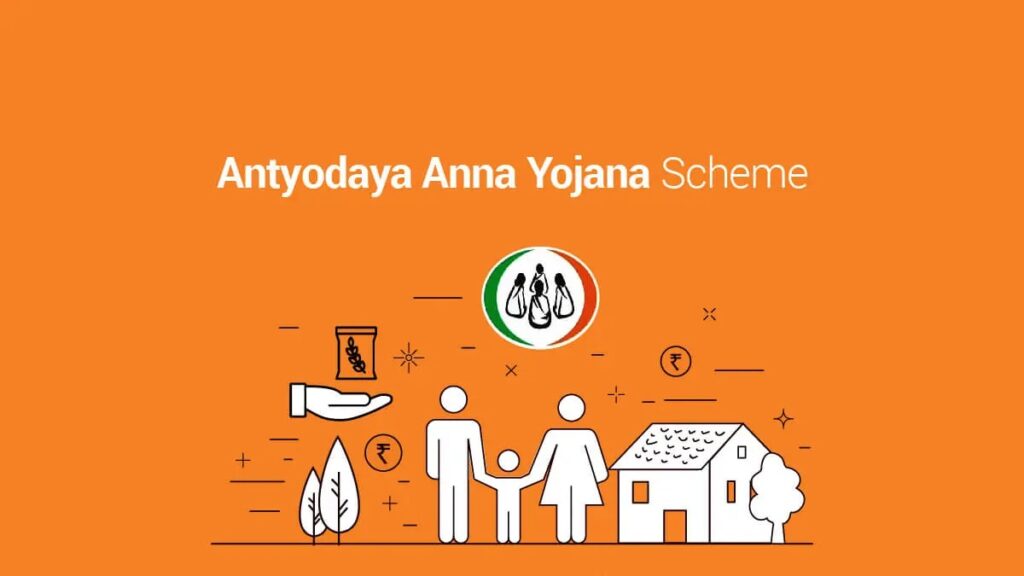What is the Antyodaya Anna Yojana?
Antyodaya Anna Yojana involved selecting one crore of the poorest of the poor families from among the BPL families covered by the Targeted Public Distribution System (TPDS) in each state and providing them with rice and wheat at a heavily subsidised rate (Rs.3/- per kg for rice and Rs.2/- per kg for wheat). The states/UTs were expected to cover the costs of transportation as well as the costs of distribution, which included margins to retailers and dealers. As a result, Antyodaya Anna Yojana transferred the entire food subsidy to the customers. Around 2.50 million of the poorest people have enrolled in the Antyodaya Anna Yojana.

The AAY Scheme was expanded in the early 2000s to include an additional 50 lakh below Poverty line (BPL) households headed by widows, terminally ill people, people with disabilities, or people 60 years of age or older who had no other means of subsistence or social support.
The Antyodaya Anna Yojana now covers 1.5 crore families, or 23% of BPL families, as a result of this development. The number of beneficiaries who will be covered under the new update will rise from 2.5 crore families to 3 crore families. Additionally, each family will now receive 35 kg of food grains each month as opposed to the previous 25 kg. As a result, the total amount of food grains distributed monthly under the programme will rise from 62.5 lakh tonnes to 87.5 lakh tonnes.
Each family will receive an additional 10 kg of food grains at a heavily subsidised rate of Rs.2 per kg. Around 15 crore people in the country are estimated to benefit from this, who are currently living in poverty. The government has also suggested raising the AAY budget by Rs.4,000 crores in order to combat the increase in demand.
The Objectives of Antyodaya Anna Yojana
In order to strengthen TPDS and make it more advantageous for Indian citizens, the Antyodaya Anna Yojana was introduced. Among its main goals are
- Establishing a world without hunger in the majority of impoverished areas.
- Increasing and bolstering TPDS’s popularity.
- Subsidized prices for staple food.
- Food security for India’s BPL population development.
- The use of government funds to cover the costs of distributing and transporting the food grains.
The Food Corporation of India (FCI), State Governments/UT Administrations, and accountable district-level officers have been designated as District Grievance Redressal Officers (DGROs) to investigate public complaints regarding this scheme.